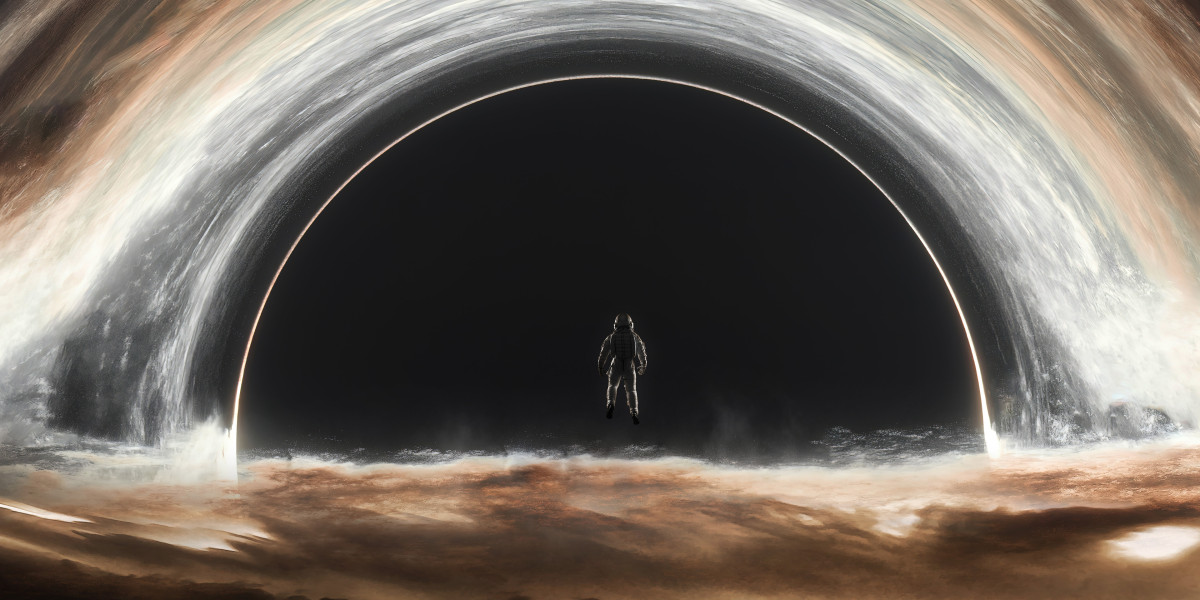Automotive lighting plays a vital role in ensuring safety on the roads while also adding aesthetic value to vehicles. As the automotive industry continues to evolve, so does the market for automotive lighting. Advancements in technology, changing regulatory standards, and consumer preferences have all contributed to the dynamic nature of this market. In this article, we will delve into the current state of the automotive lighting market, key trends, and the factors driving its growth.
Safety and Visibility as Top Priorities
One of the primary drivers of the automotive lighting market is the focus on safety and visibility. Properly functioning lighting systems are crucial for drivers to see and be seen, especially during adverse weather conditions or at night. Manufacturers are continually investing in research and development to improve lighting performance, including brightness, beam patterns, and color temperature, to enhance visibility on the road.
Additionally, advancements in lighting technologies such as adaptive headlights, automatic high beams, and dynamic bending lights are further enhancing safety by adapting to changing driving conditions. These intelligent lighting systems can adjust the light distribution and intensity based on factors such as vehicle speed, steering angle, and oncoming traffic, providing optimal illumination and reducing the risk of accidents.
Shift towards Energy-efficient Lighting Solutions
Energy efficiency is a significant concern in the automotive industry, driven by the need to reduce carbon emissions and improve fuel economy. As a result, there has been a growing shift towards energy-efficient lighting solutions in vehicles. Traditional halogen bulbs are gradually being replaced by more efficient alternatives, such as light-emitting diodes (LEDs) and high-intensity discharge (HID) lamps.
LED lighting, in particular, has gained widespread adoption due to its numerous advantages. LEDs consume less power, have a longer lifespan, offer improved visibility, and provide design flexibility. Moreover, they can be integrated into intricate lighting designs, allowing for dynamic lighting effects and customization options.
Aesthetics and Brand Differentiation
Automotive lighting has become a significant factor in vehicle aesthetics and brand differentiation. Manufacturers are increasingly using lighting as a design element to create a distinctive visual signature for their vehicles. Unique lighting designs, such as LED daytime running lights (DRLs), light bars, and animated lighting sequences, help vehicles stand out and enhance brand recognition.
Furthermore, customizable interior lighting options have gained popularity among consumers, allowing them to personalize the ambiance and mood inside their vehicles. This trend has led to the integration of ambient lighting systems that offer a wide range of colors and intensity levels to suit individual preferences.
Integration of Advanced Technologies
Technological advancements have transformed automotive lighting from mere illumination to sophisticated systems. The integration of smart features and connectivity has become prevalent in modern vehicles, extending to lighting systems as well. For example, lighting systems can communicate with other vehicle sensors and systems, adjusting the lighting output based on inputs such as ambient light conditions, weather, or driver behavior.
Moreover, lighting systems are increasingly incorporating advanced driver-assistance systems (ADAS) technology. This integration enables lighting systems to interact with sensors and cameras, providing enhanced visibility and contributing to the overall safety of the vehicle.




